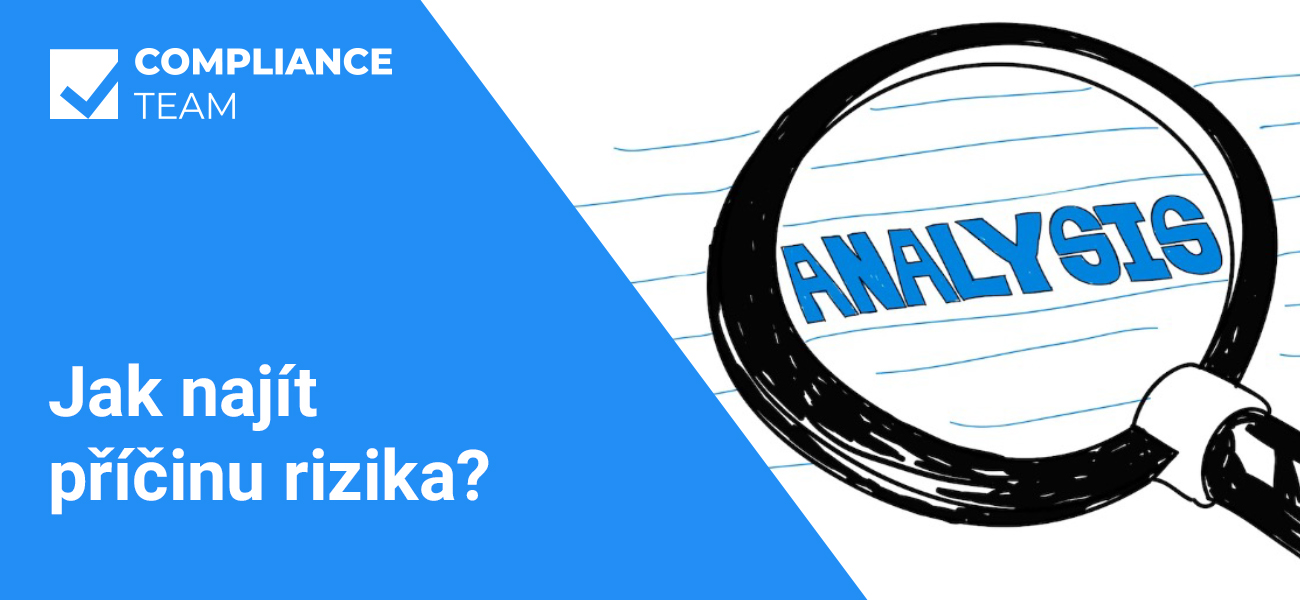
Risks are an inseparable part of any business and every management should address them. Properly describing risks can help identify and address threats before harmful consequences occur. However, it's not just about naming the problem, but also having a sufficient scenario and the real cause. In this blog, we provide some tips on how to properly describe risks in a way that is understandable to all stakeholders.
1) Naming - threat identification
It is important to name the risks so that everyone understands what they are and what the consequences are. Use clear words - so that they cannot be interpreted in different ways. Many companies use their own terminology, which can lead to confusion. It is therefore important that the definition of risk is clear to all employees. And most importantly, consistent across the company.
2) Sufficient scenario
It is necessary that the risk scenario is sufficient for everyone to understand the consequences. If data is available, it is a good idea to incorporate it into the scenario. Don't just include the consequences, but also what the chances (probability) are of such a situation happening.
3) The real cause
It is important to understand what has caused or may cause the risk. Sometimes it is simple errors in the system, other times it may be complex causes. Identifying the causes can help prevent similar problems from recurring. When the root cause is eliminated, solving the problem becomes much easier.
4) Responsibility - ownership
All stakeholders should be informed about who is responsible for the risk factors. This ensures transparency and accountability. Everyone needs to be aware of what they are doing and how they can affect the overall safety of the business. Responsibility should not be left solely to individuals within the process, it should primarily be borne by management or whoever has the real ability to make changes and decisions.
5) Monitoring and Updating
Identifying the risk is only the first step. Risk factors need to be monitored and updated to keep them relevant and to prevent new threats. Monitoring is important because risks can change as the situation evolves.
Summary
We have presented some tips on how to properly describe risks for clarity and to better address them. Naming and defining the risks, having a sufficient scenario, identifying the real cause, identifying responsibilities and monitoring and updating are important. All of these steps are necessary to minimize potential damage. Improvements in this area can go a long way towards improving business performance and increasing the safety of individual employees. Because addressing risk is an important part of any responsible activity.